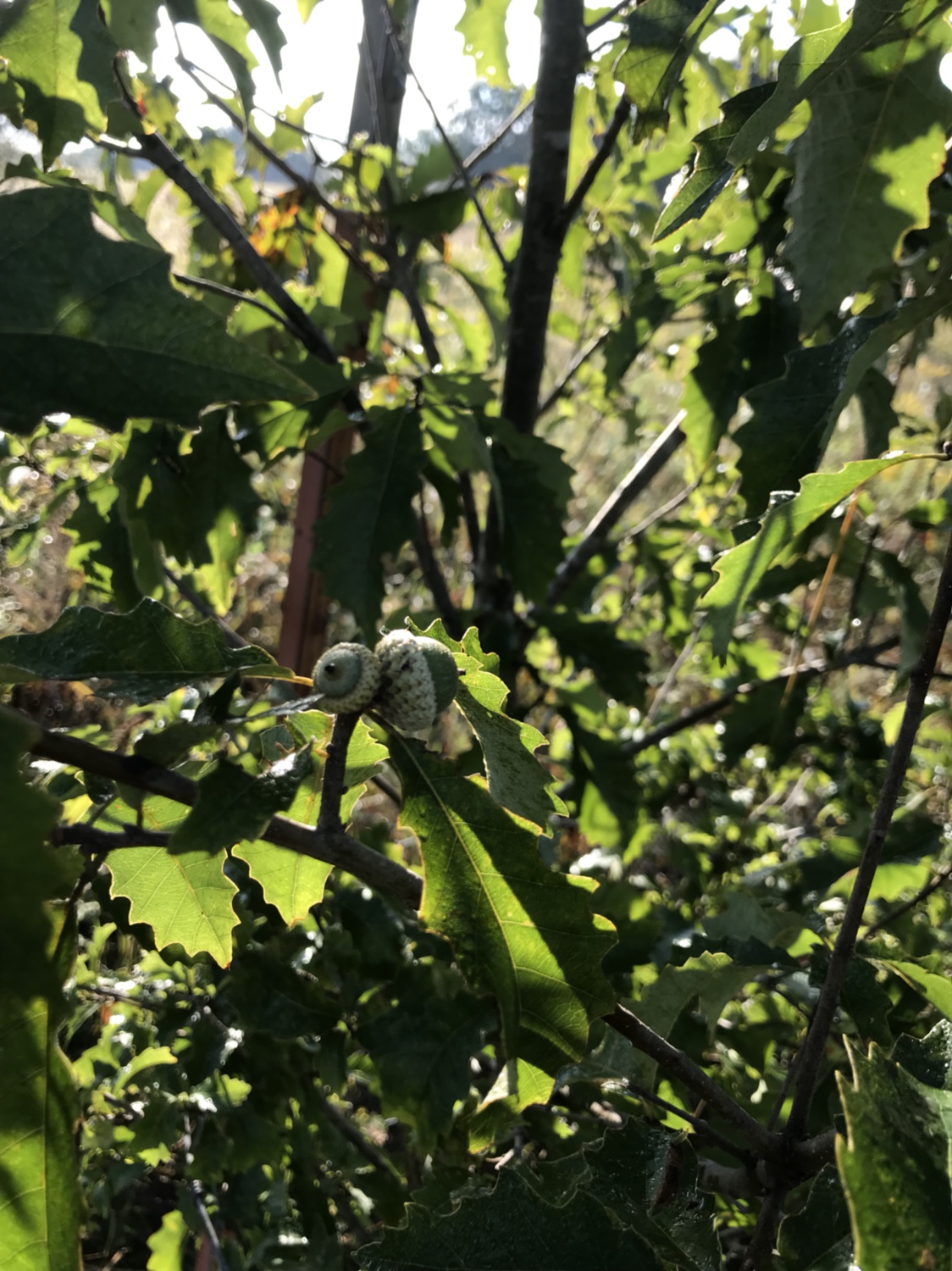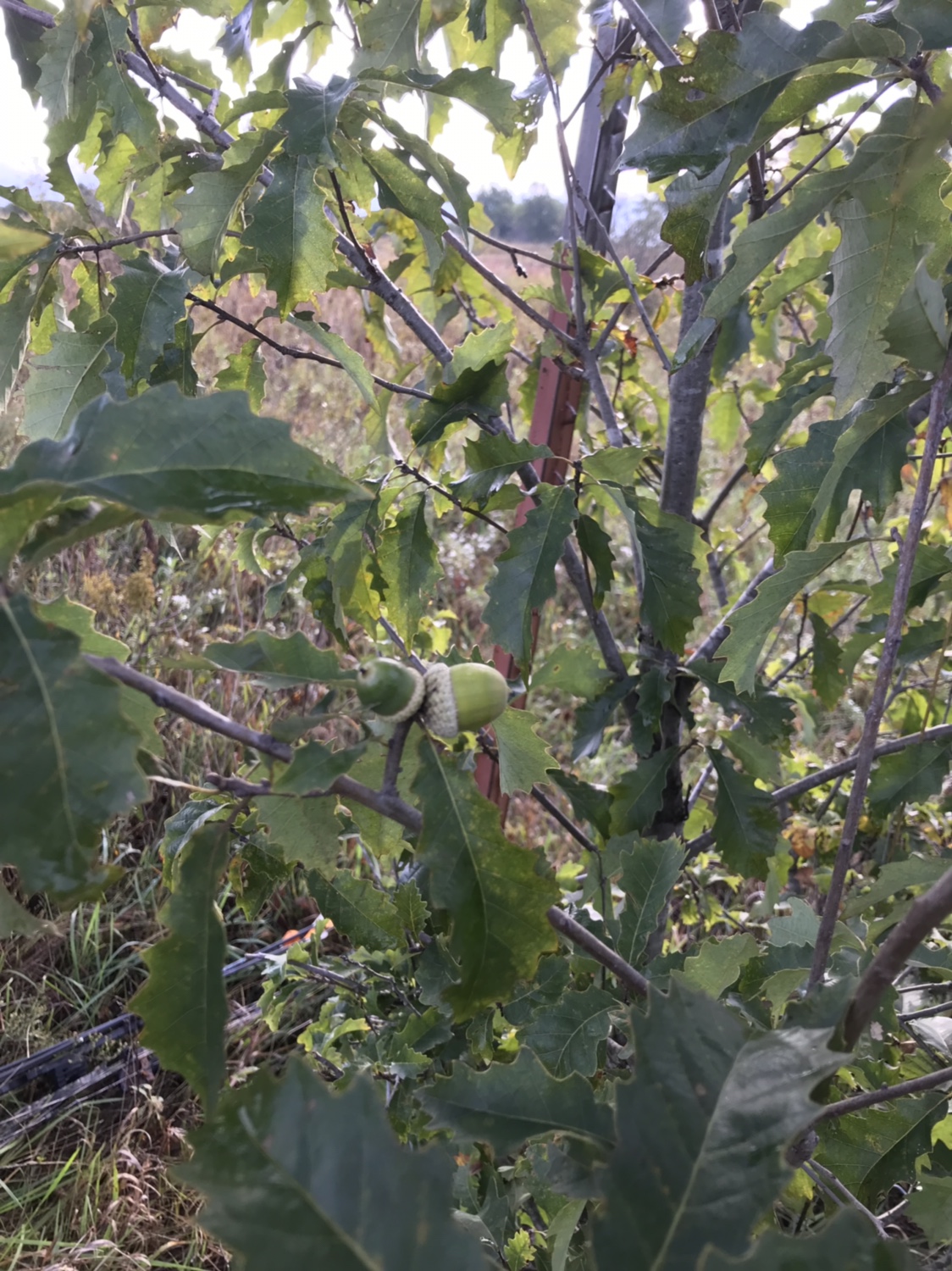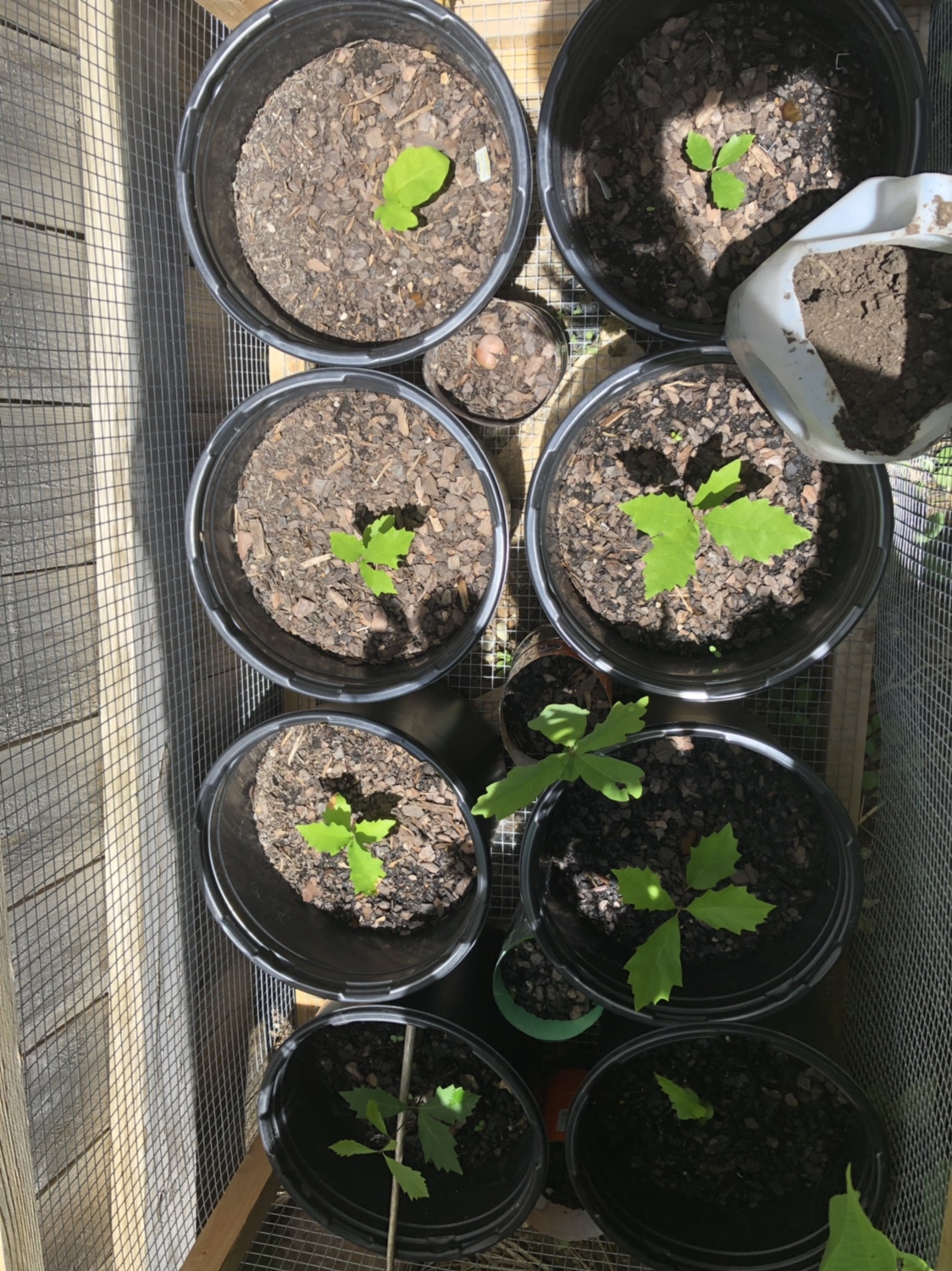shedder
Active Member
It looks like I have joined the DCO club.
I wrote my supplier.
"I had checked them several times and saw nothing. I had written them off. I checked this week (8-15-2018) and was surprised to see 3 out of 32 tiny ones. I planted them Nov 3. They should have been up before this. Late arrivals is usually a bad sign. I am not sure they will make it but I hope so.They should produce acorns in 10 years. They were planted for deer. Note the deer pellets in the pix. It seems appropriate."
He said.
"Dwarf chinquapin oak likely needs higher soil temperature than what is typical for other oaks for the acorns to emerge with enough season to grow before winter arrives. Here in Ontario, I noticed that Q. prinoides emerges very late in cool, moist soils. Last fall, I seeded some extra Q. prinoides acorns into pots that were topped with wood chip mulch, and then placed the pots into my oak cage (squirrel-proof). The soil in the pots was nice and cool which resulted in very late emergence in mid-July.
I seeded most of my Q. prinoides into outdoor beds or pots that were filled a gravelly growing medium. These beds and pots were also in full sun with no mulch. In this setting, the Q. prinoides emerged in late May resulting in seedlings that are already 50 cm in length after 2 flushes of growth. Most of these seedlings are now starting their 3rd flush.
Based on these observations, I think that Q. prinoides requires relatively high soil temperatures to germinate (i.e. bare, course soil that is directly exposed to sun). In the wild, this oak species either grows in sand dunes or steep gravel banks along rivers. The dunes or river banks also tend to fave south to southwest with hot afternoon sun exposure. It is so dry in these wild settings that there are barren sand patches around the oaks. The sand surface is so hot that you can't walk on it with bare feet!
Once germinated and past the seedling stage, Q. prinoides seems to be highly adaptable. I have given seedlings to many people and this oak seems to thrive in almost any soil type (even moist clay), as long as it has at least 2-3 hours of direct sun exposure each day. It is quick to mature and produces acorns after 4-5 years of age. It is also an annual producer. There does not seem to be any mast years. Every year is a mast year for dwarf chinquapin oak (even in the wild!).
For direct seeding, I think you should choose a spot exposed to direct sun for most of the day, especially in hot afternoon conditions. I would just place to seed on the surface of the native soil, and then cover a 50 cm wide area around the seed with course sand at a depth of 3-4 cm (and make sure it is free of grass/weeds). That should allow the soil to heat up enough for the oak to emerge much earlier.
FYI: Here is the soil blend I use to grow this oak. This mix was also been very successful for other small oak species that grow in hot dry sites in the wild as well (like Q. marilandica, Q. arkansana, Q. georgiana, Q. acerifolia, Q. buckleyi, and Q. stellata):
3 parts expanded shale (sieved to 3/8" max particle size and under)
1 part non-calcareous sand (which is result of broken-down igneous rocks, not limestone)
1 part Pro-Mix BX soil-less medium
I have attached some pictures of oaks growing in this medium. The mulch in the potted Q. prinoides was not added until late July to stop pot from drying out so fast, about 2 months after the seedling emerged."









